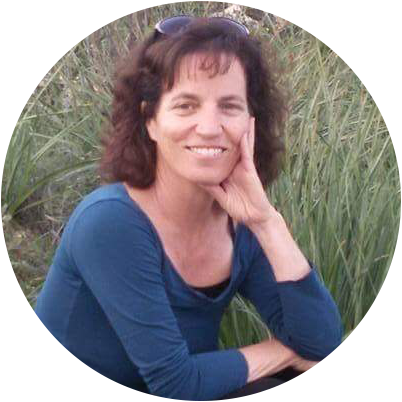Overview of the trip
The Nepal and Tibet tour is an 8-day trip across Nepal and Tibet that takes you to the diverse landscapes of two countries famous for their mountains, plateaus, and cultures. The trip is famous as you will be able to explore Nepalese culture as well as Tibetan culture. From famous Hindu temples to Buddhist monasteries, this trip showcases the Hindu and Buddhist cultures as well. In Nepal, you will be discovering the UNESCO heritage sites and the mountains from the Nagarkot hills, whereas you will be exploring the high altitudes homing to different monasteries in Tibet.
The trip begins upon your arrival at Kathmandu, the capital city of Nepal. Towards the beginning of the trip, we will explore the Patan Durbar Square, famous for the temples, shrines, statues, sculptures, carvings, temples, and other monuments built by the kings around it in the ancient period. Ahead of our expedition, we will visit Boudhanath Stupa, a famous Buddhist stupa built in a mandala style offering a peaceful aura with the sound of Buddhist prayers echoing around the stupa.
Our next site is the Pashupatinath Temple, which is a Hindu temple dedicated to Lord Shiva. The temple is made in pagoda style and houses hundreds of Shiva lingams around the temple and 500 smaller shrines of various Hindu gods. Next, we visit Boudhanath Stupa, a famous Buddhist stupa built in a mandala style offering a peaceful aura with the sound of Buddhist prayers echoing around the stupa. Another Buddhist site we explore is the Swayambhunath, also known as the Monkey Temple, as it is home to numerous monkeys roaming around the stupa. The stupa resides at a height from where the panoramic view of the whole Kathmandu city can be enjoyed.
The last site we explore in the capital city is the Bhaktapur Durbar Square, famous for the museums preserving the medieval arts and architecture. The Durbar Square is home to many sculptures, and pagoda temples dedicated to different gods and goddesses, which were built by the kings in ancient periods. Continuing the trip, we head to the Nagarkot Hills, where you can see a stunning view of the sunrise over the Kathmandu valley. You will be able to see a glimpse of the Himalayan range, with Manaslu, Ganesh Himal, and Gauri Shankar. Next, we head back to Kathmandu and then take a flight to Lhasa.
We start sightseeing in Lhasa from the Potala Palace built at an altitude of 3700 meters, also known as the political and religious center of Tibet. After Potala Palace, we explore the Jokhang Temple, another Buddhist temple, and then we head to Barkhor Street, walking through the lively markets filled with Tibetan arts and crafts. Towards the conclusion of the trip, we head to Dadong village, showcasing a rich Tibetan culture, topographical diversity, and two ancient temples as well. Next is the Sera Monastery, one of the largest and oldest monasteries in Lhasa. Finally, we head to Kathmandu, or you can also take a flight from China, marking the completion of your trip.







